Everyone has 8 different senses, but within that there are countless sensory types. It can be overwhelming to figure out your child’s sensory needs. You can adapt various sensory solutions to work for sensory seekers, sensory avoiders, over-responders or under-responders. In order to best adapt solutions you need to first understand the needs for each of the senses and the relevant possible solutions.
1. Proprioceptive needs
Proprioception is the awareness of where your body is in space. Input to your joints and muscles sends signals to your brain that help you orient yourself. Often kids with greater proprioceptive needs love tight hugs, deep pressure, firm touch, and vibration because of the pressure on their joints and muscles. They may grasp objects too tightly if they’re not aware of where their body is in relation to the object they’re holding.
Movements like jumping and skipping are preferable to walking because it provides more input to the leg muscles. Sometimes kids might appear clumsy as they look for ways to get more proprioceptive input– they may crash into things or fall in order to get that input. Other kids may fear uneven surfaces such as stairs or escalators because they don’t have a good sense of where they are in relation to the ground. Without that solid awareness, they are less likely to navigate the surface well and may fall.

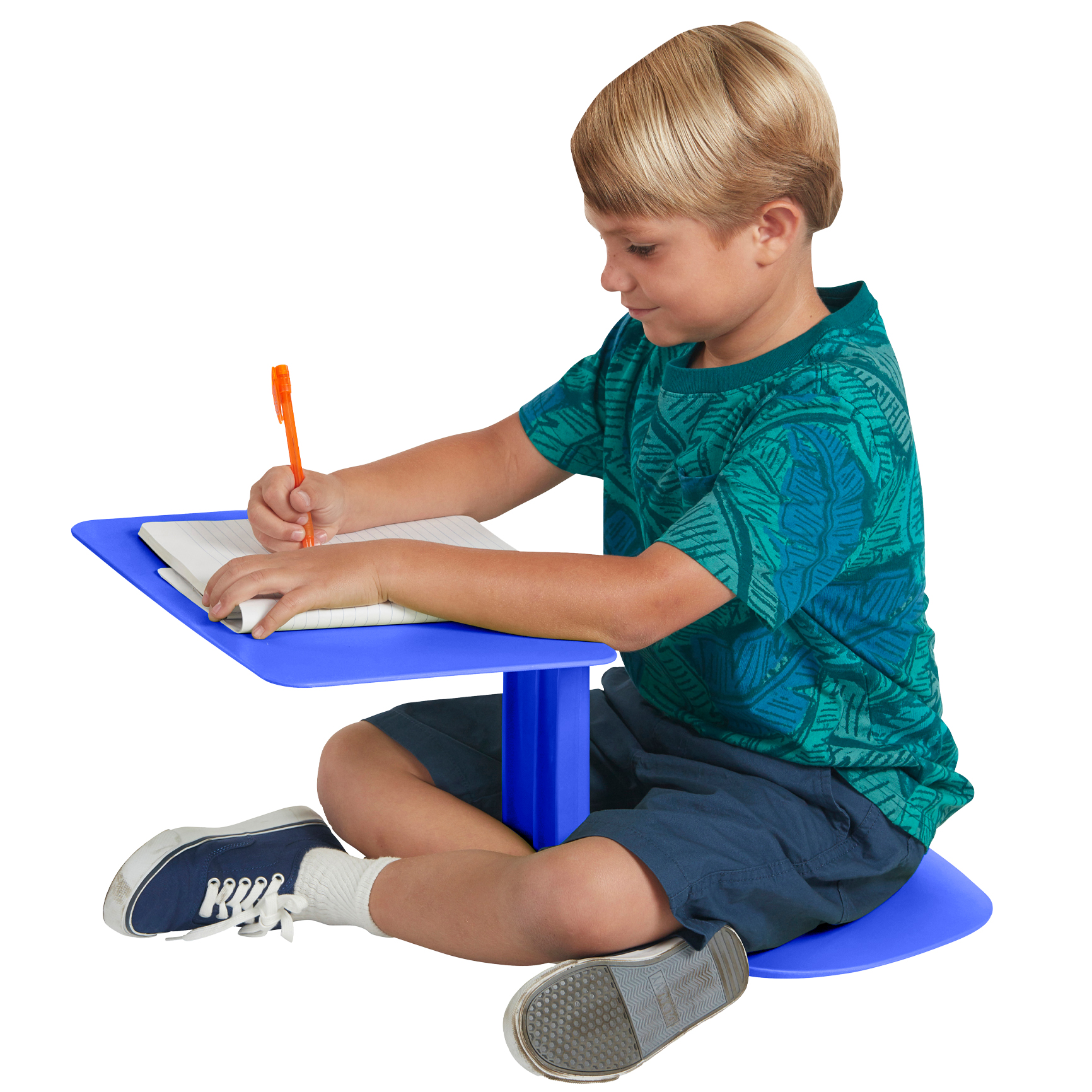
Proprioceptive solutions
There are a variety of tools to help your child develop greater awareness of where they are in relation to their surroundings. Weighted items provide deep pressure input to their muscles and joints. Use a weighted lap pad or have them hold a weighted friend on their lap for calming pressure. They can also wear a Weighted Compression Vest for more portable input while they’re playing or on the go.
Alternative seating options such as wiggle cushions or therapy balls encourage kids to focus on the body’s position so that they don’t fall off. They can practice walking over uneven surfaces with a set of Balance Stepping Stones. If your kids have a hard time with writing, try adding pencil grips to add extra sensory input that alerts them to how and where they are holding the pencil.
2. Vestibular needs
We maintain balance and move smoothly because of our vestibular system. It impacts visual-spatial awareness, bilateral coordination and even organization. Kids who need more vestibular input typically crave fast or intense motion. They love to spin, hang upside down and swing.
Vestibular solutions
You may feel like your child is always in motion when they’re looking for vestibular input. Whether they’re playing outdoors or indoors, you’ll want to have tools prepared to provide the stimulation their body needs. Trampolines or a Bounce Board is wonderful for intense jumping. Hang a swing that your kids can use regularly. Single-point suspension swings also provide an outlet for spinning. If you can’t hang a swing then a Spin Disc is a good alternative.
3. Visual needs
Kids who are sensitive to visual stimulation often find bright lights to cause sensory overload. They may avoid eye contact with others. If they don’t have a good sense of visual-spatial awareness then many daily tasks can become difficult. Activities such as walking without bumping into objects or people, getting dressed or writing may be a struggle without the spatial awareness of where and how objects are positioned.
Visual solutions
Opt for calming LED lights in a room to provide calming visual stimulation. You can also use light filters to reduce any harsh input. Sunglasses are a good portable option as well. If your child wants to practice making eye contact, then use a mirror for them to make eye contact with themselves. Weighted dolls or other favorite stuffed animals can remove the pressure of looking another person in the eye; kids can build up from there.
There are many games that make it fun for kids to work on their visual-perceptual skills. Use Busy FingersTM Tangram Gel Puzzles for them to create certain shapes with the pieces. Our Wooden Wave and Rainbow Stackers encourage spatial awareness as kids balance each piece in various configurations. Find even more tools to improve visual skills here.
4. Olfactory needs
Everyone reacts differently to scent. If your child is very sensitive to smell then it can be overwhelming to walk into a crowded room and be overpowered by each person’s unique scent. The way food smells might deter your child from eating it and they may not be able to tolerate your perfume or deodorant. Some kids seek out lots of scents because they need more olfactory input than they are getting to feel calm or alert.

Olfactory solutions
Pinpointing which scent can help calm or alert your child is key. You can incorporate essential oils into your home for diffusing natural scents. They can carry a scented putty so that if they need extra input or to self-regulate from an overload of other smells they will have the tools to do so. Scents such as lemon, other citrus, and peppermint are typically alerting. If you need calming scents, choose chamomile, lavender, vanilla, or florals.
5. Tactile needs
Our surroundings are full of textures that we feel throughout the day. Some kids love touching an abundance of different textures, while others avoid it and can only tolerate certain tactile sensations. Things like materials of clothing, seams in socks or tags on shirts can be agitating. Getting wet might be unpleasant, making it hard to wash hands or bathe.
Tactile solutions
You can buy tagless or seamless clothing and look for soft materials that won’t agitate your kid’s skin. Tactile exposure is a great way to work on decreasing your child’s tactile sensitivity and providing the tactile stimulation they need. Play with putty for a fun tactile experience. Putty can calm kids while they fidget with it, as well as wake up their hand muscles before tackling tasks like writing.
Tactile Play Mats and Sensory Mini Mats both provide easy ways to get a variety of tactile input. Spending time outdoors in the grass or playing with sand or water play are other fun activities that fill your kid’s tactile needs.
6. Auditory needs
As with all the senses, kids’ auditory needs can be on either extreme. Your child might always be talking at full volume or blasting music, maybe tapping their feet on their floor. Another kid may be the opposite– shying away from noisy places like the mall or cafeterias, covering their ears from loud noise or lowering the volume.
Auditory solutions
Noise reduction headphones enable auditory avoiders to participate in activities that were previously too loud for them. Kids can wear a pair whenever things get too loud for them, without needing to leave the room. Sound-activated sensory equipment is perfect for kids who seek noise. You can also start music lessons that provide an outlet for making noise and getting the auditory input that they need.
7. Oral needs
Kids with higher oral stimulation needs often bite or chew on non-food objects like their sleeves, pencils or fingers. Your child might be a picky eater because they only like certain textures or tastes of food. Brushing teeth and eating can cause sensory distress from the sensation of having a foreign object in their mouth.
Oral solutions
Provide safe alternatives for kids to chew on. You can find a variety of chewies for different bite strengths that kids can keep in their backpack or pocket. Using an electric toothbrush or other oral vibration device offers soothing stimulation to help them regulate before eating or brushing teeth. Certain types of snacks are also great for oral sensory input. Crunchy and cold foods, and salty, sour and very sweet flavors are alerting. Chewy, bland and warm foods, as well as those that offer resistive sucking (like thick smoothies through a straw) offer calming input.
8. Interoceptive needs
Interoception is our awareness of how we feel internally, enabling us to process physical sensations and the feelings that go along with them. Kids who struggle with interoception may have meltdowns easily and not know why, because they struggle to identify and understand their emotions. They might not realize that they are hungry, thirsty, hot, cold or in pain if they cannot associate the physical sensation with an internal feeling.
Interoceptive solutions
Working on mindfulness through yoga can help kids get in touch with what they’re feeling inside. Offer visual cues and reminders like seeing how much water they drank, remembering the last time they went to the bathroom, or checking the temperature to help accustom kids to what physical sensations accompany their feelings. Regulation Cubes are a great tool to help your child mindfully check on various things to self-regulate.
Visuals can also help promote discussions about emotions. Play a game with Emotion Balls, have kids choose an Emotion Cushion to sit on that depicts how they feel, or use Emotion Cards to start a conversation. Movement can also help a child self-regulate so that they can tap into their interoception. Heavy work activities like tossing Weighted Bean Bags, pushing a barrel or jumping over Foam Hurdles increase body awareness to tap into physical sensations.
Learn more about sensory processing with our Sensory Coach Series.
This post was originally posted on 02/12/2019 by Ilana Danneman, PT and Aviva Weiss, MS, OTR/L. It was updated on 11/23/2022.

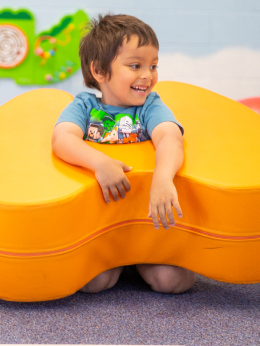


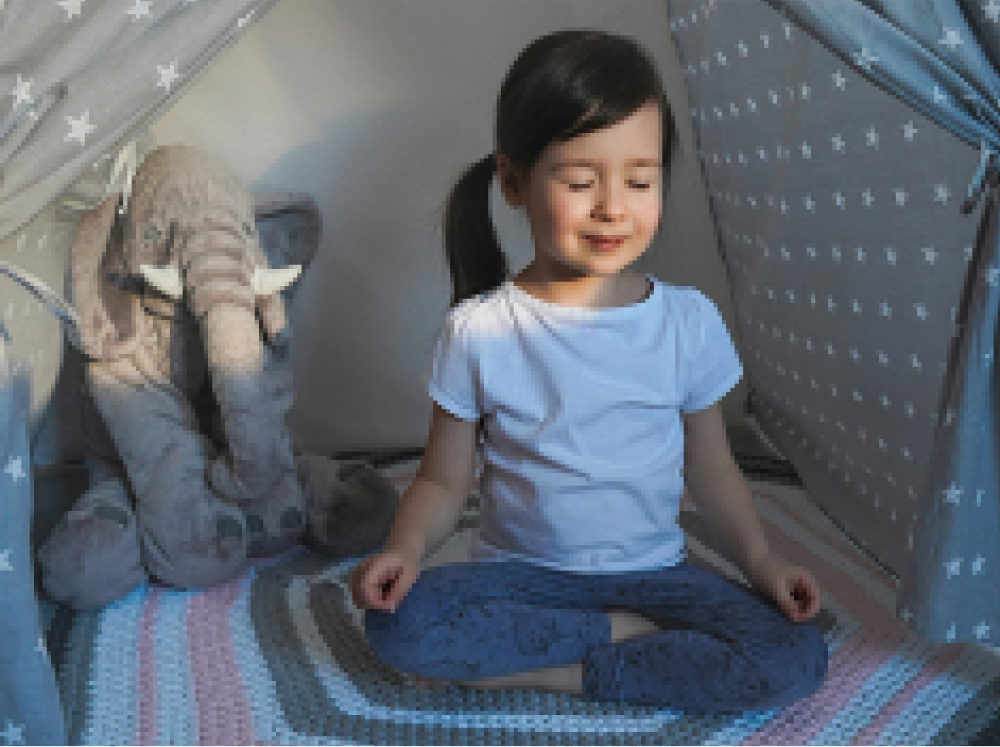
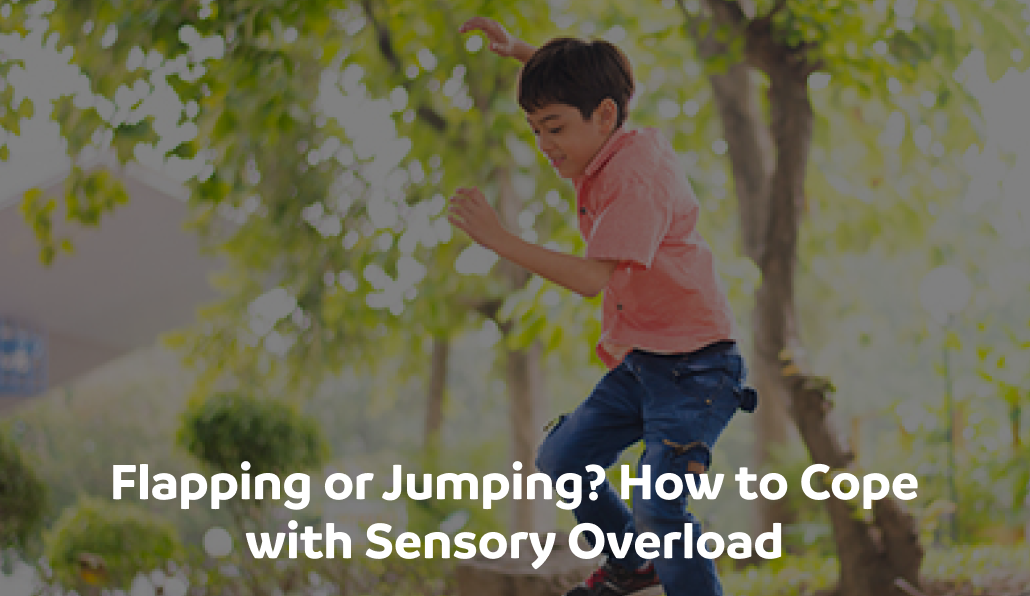
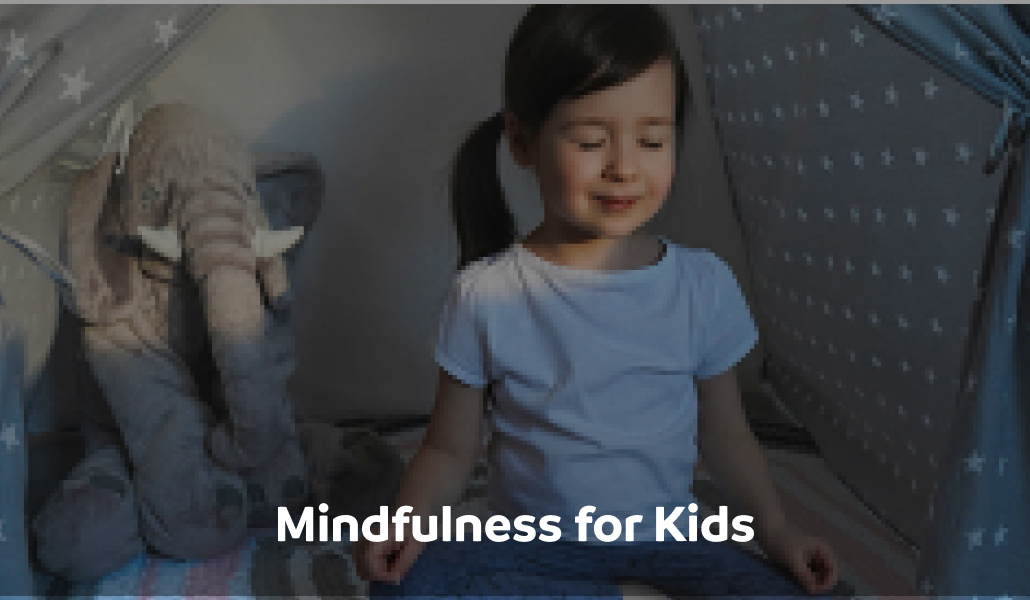
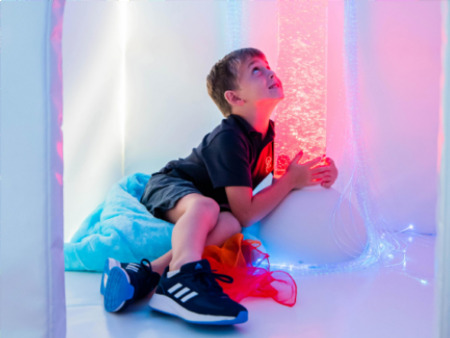
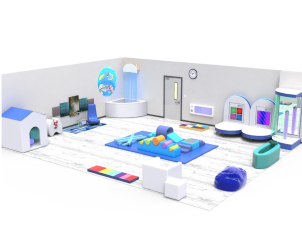

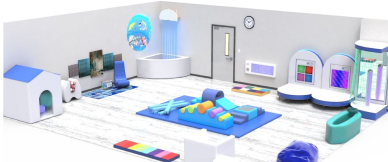
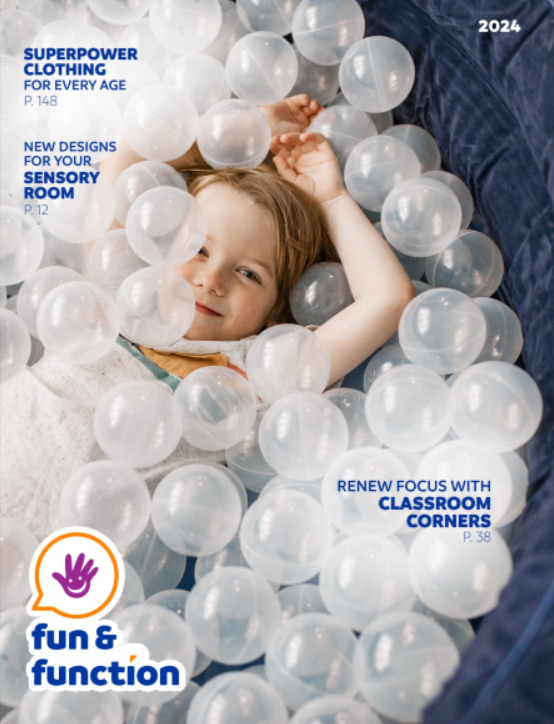
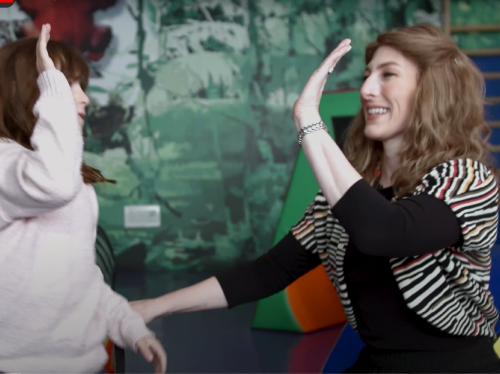
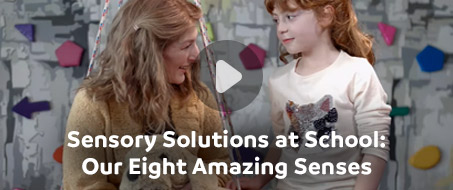
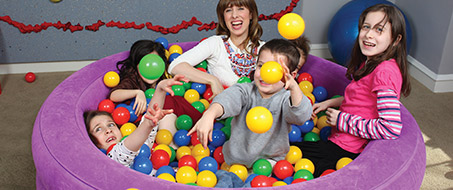

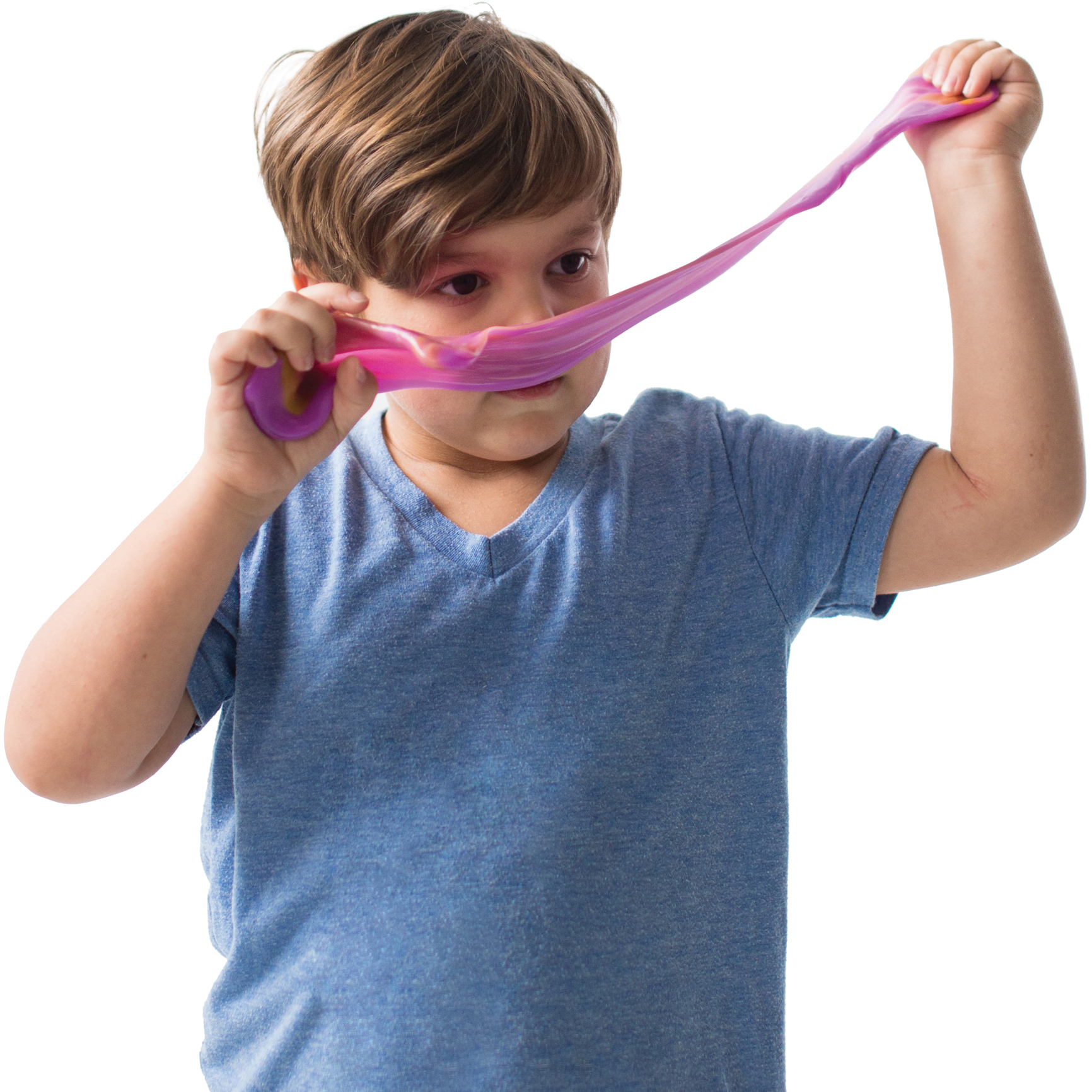
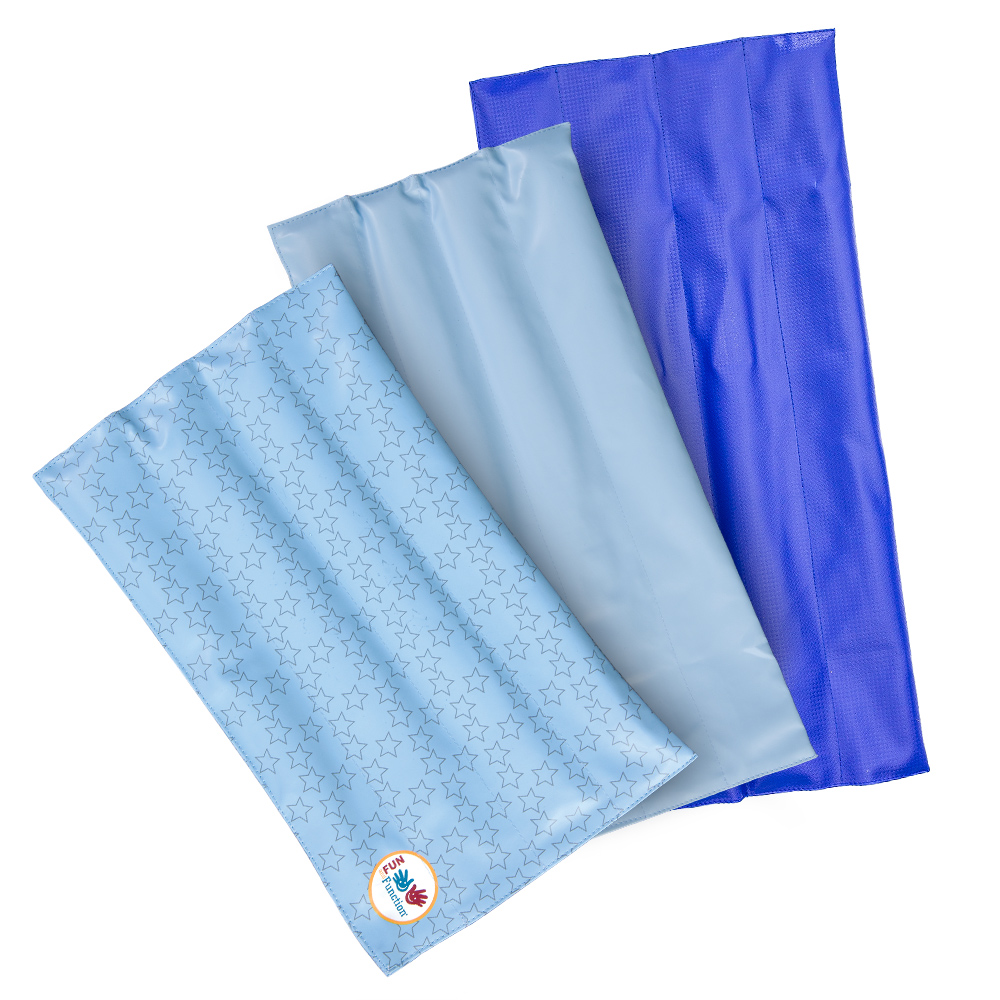
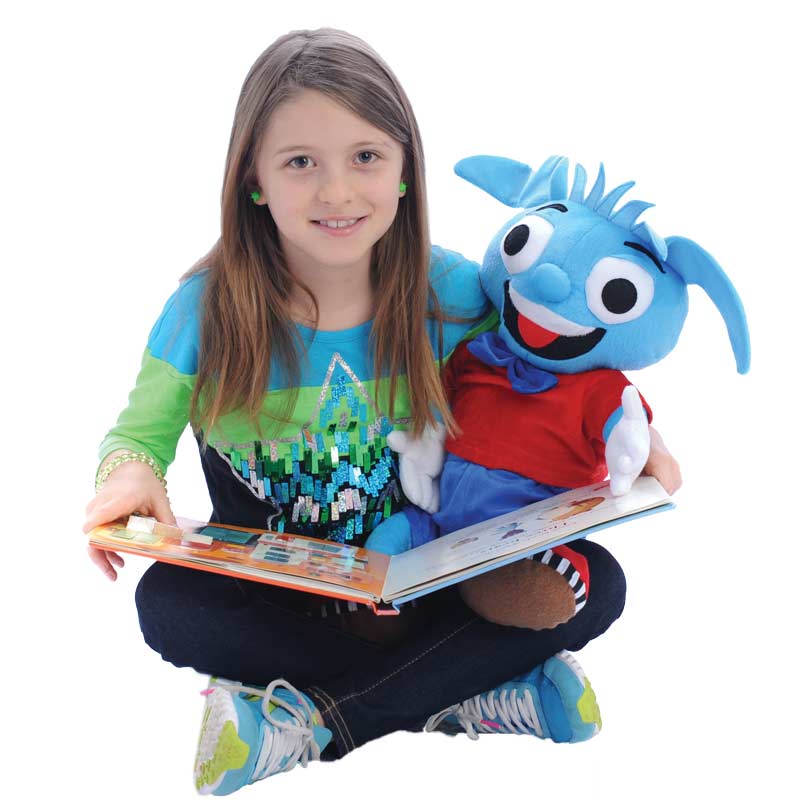
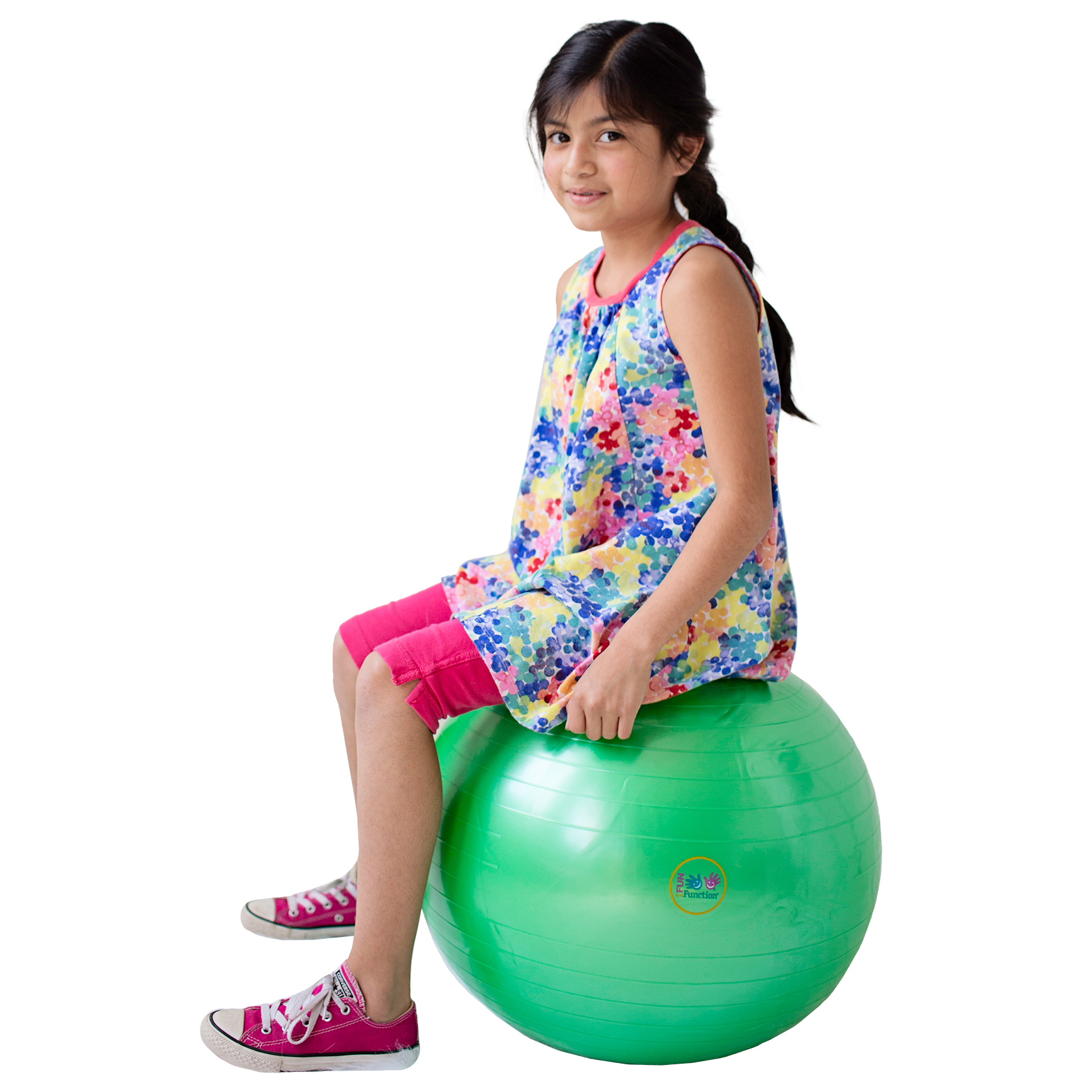
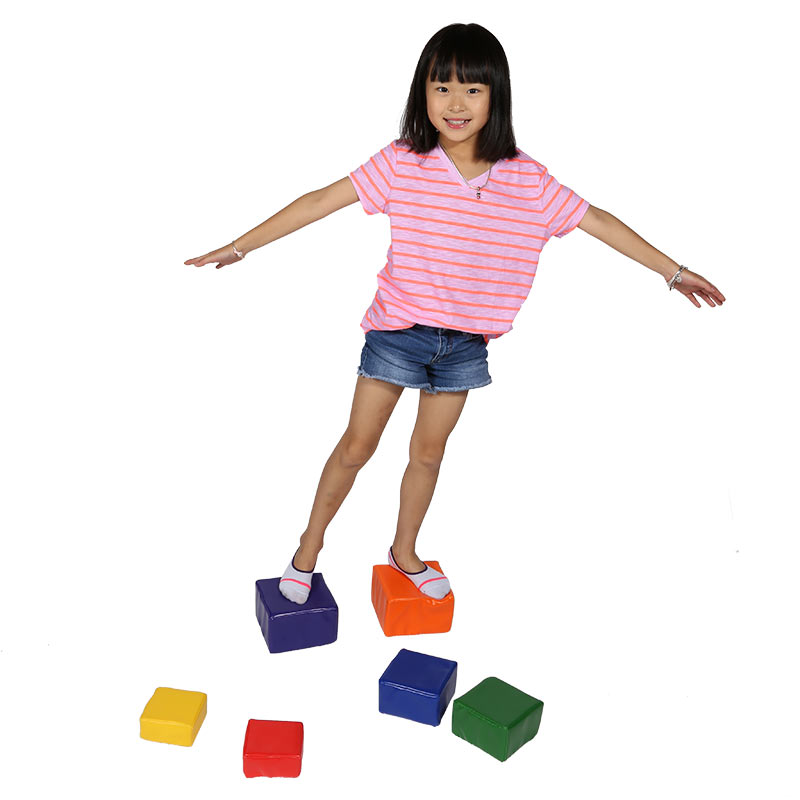
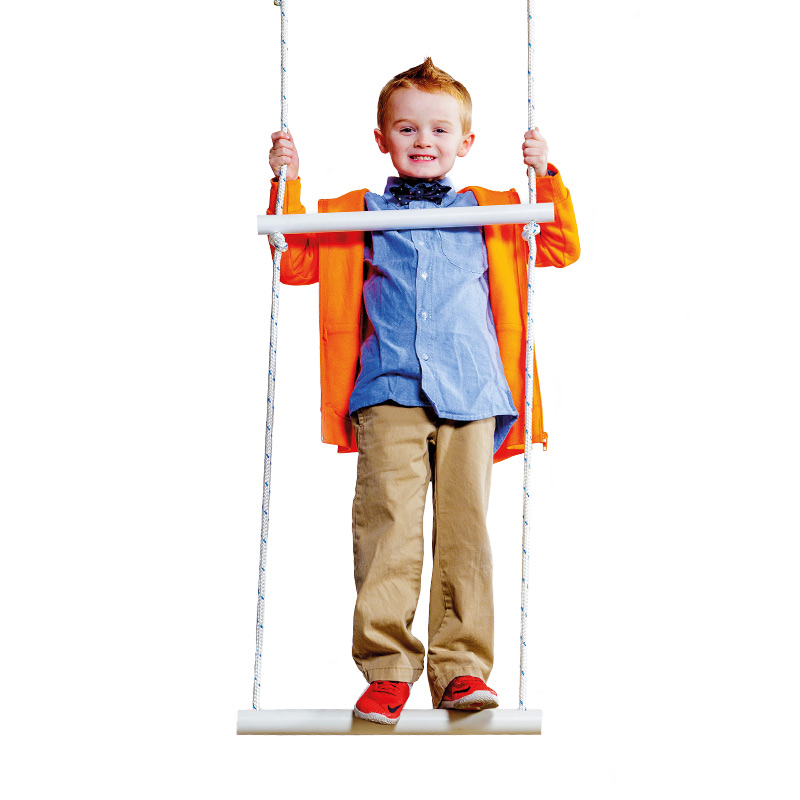
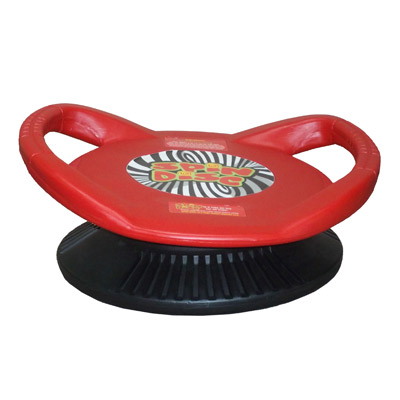
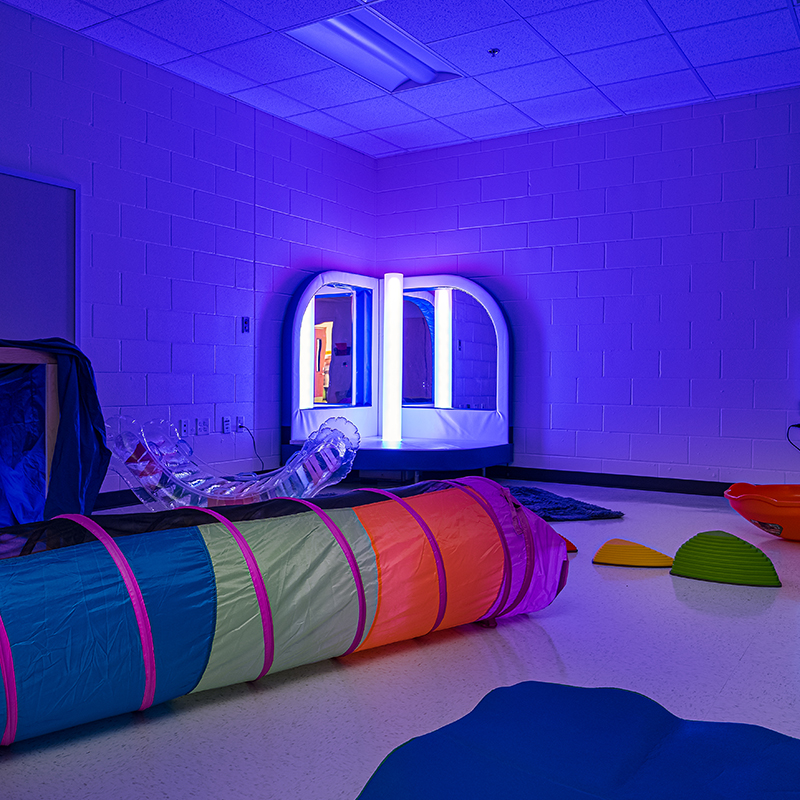
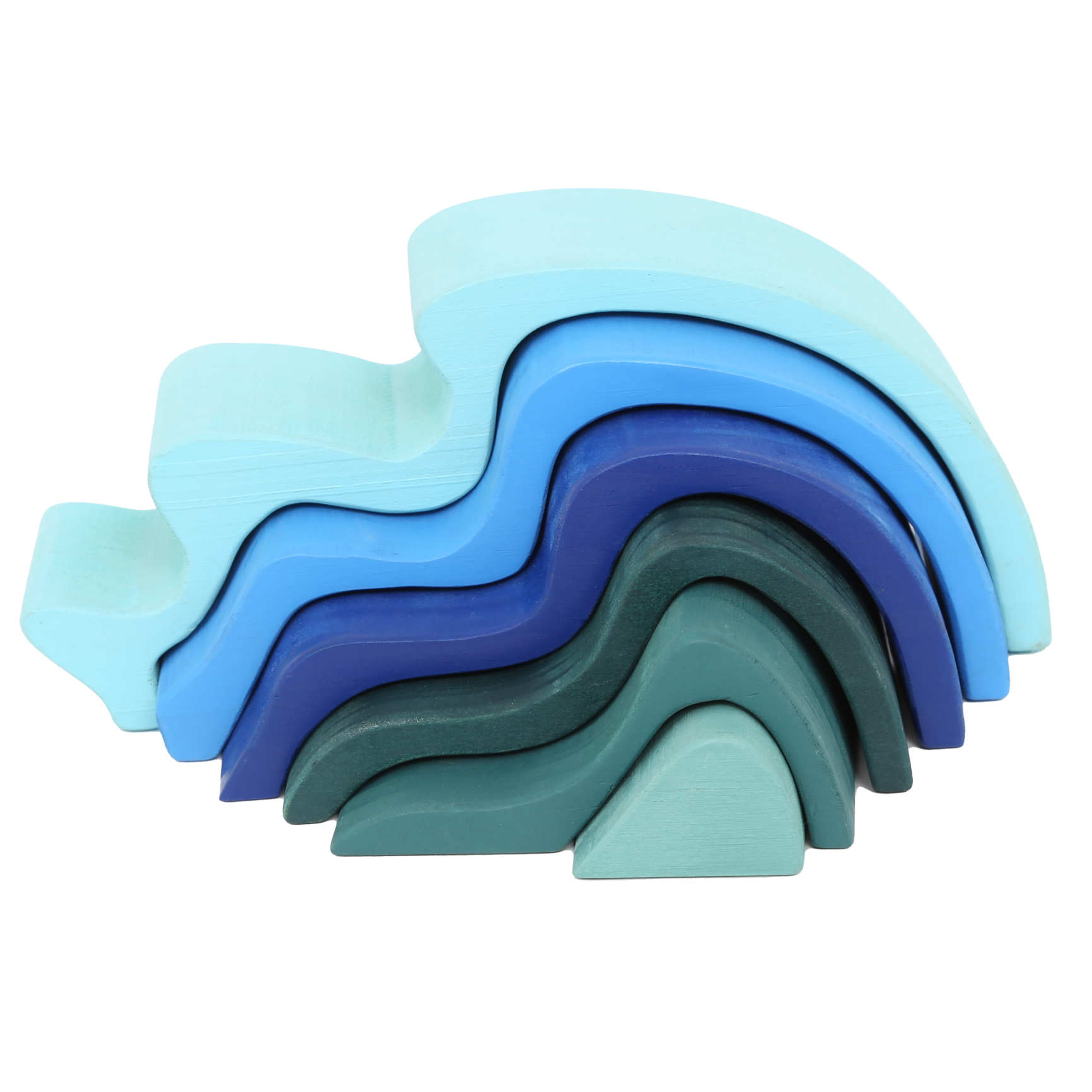
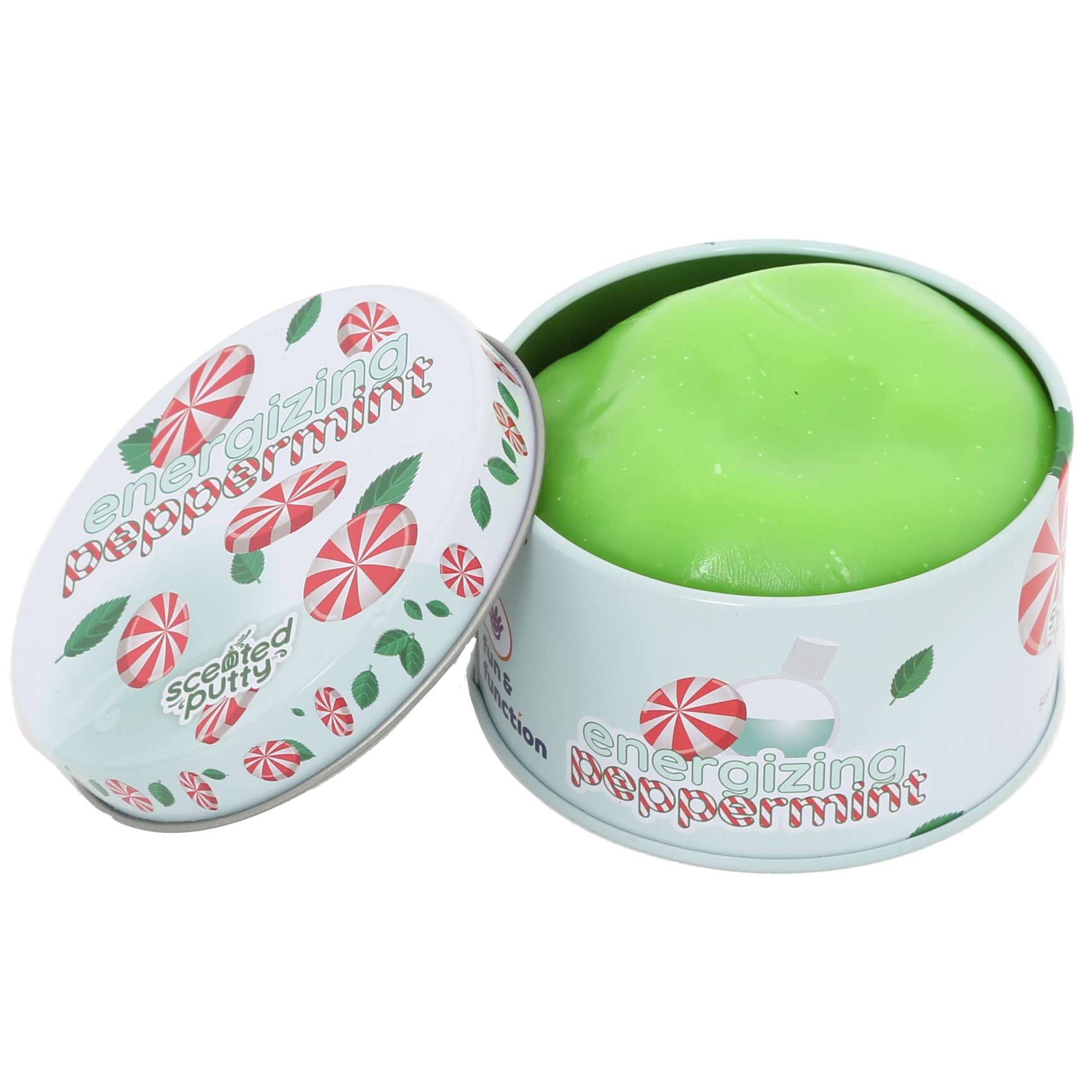
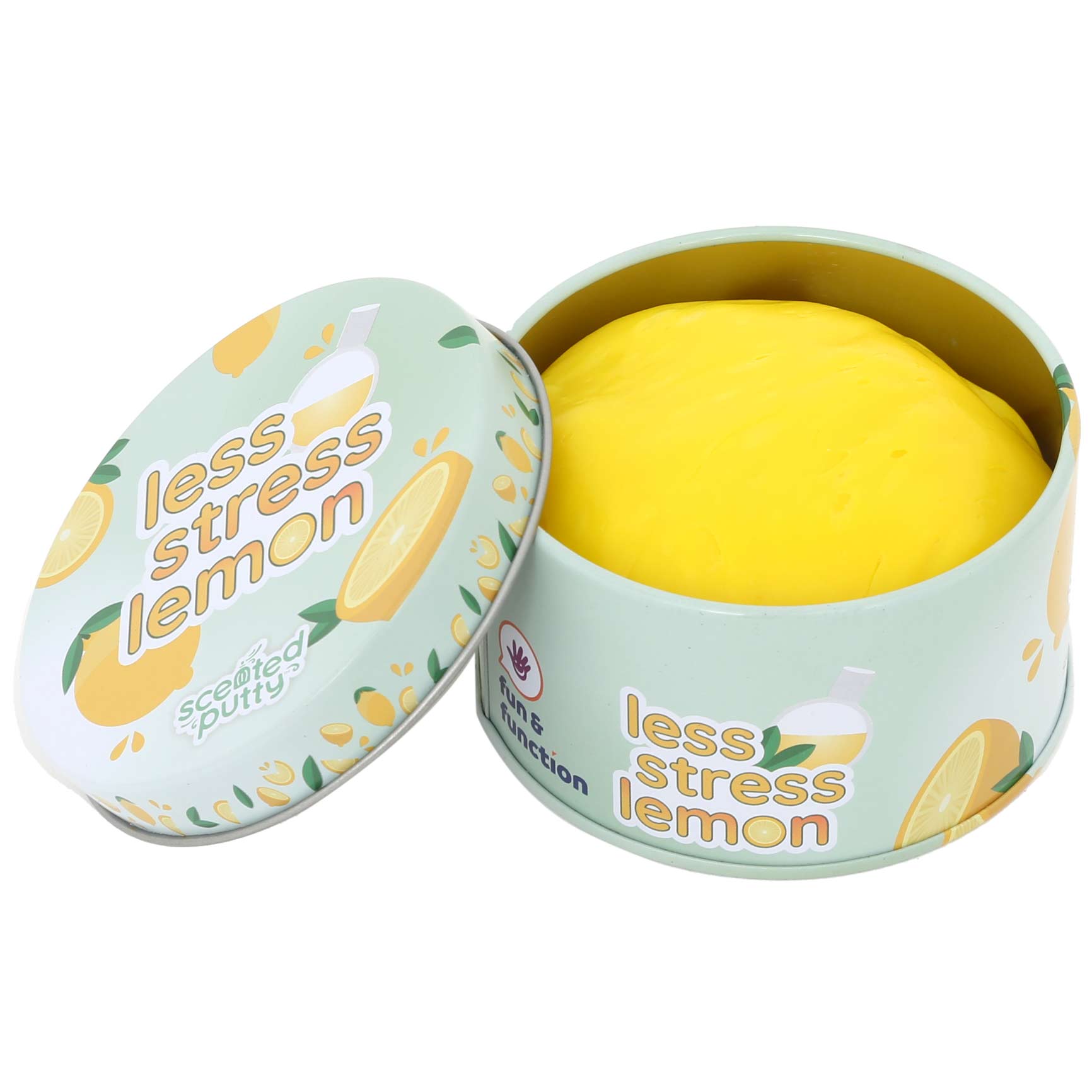
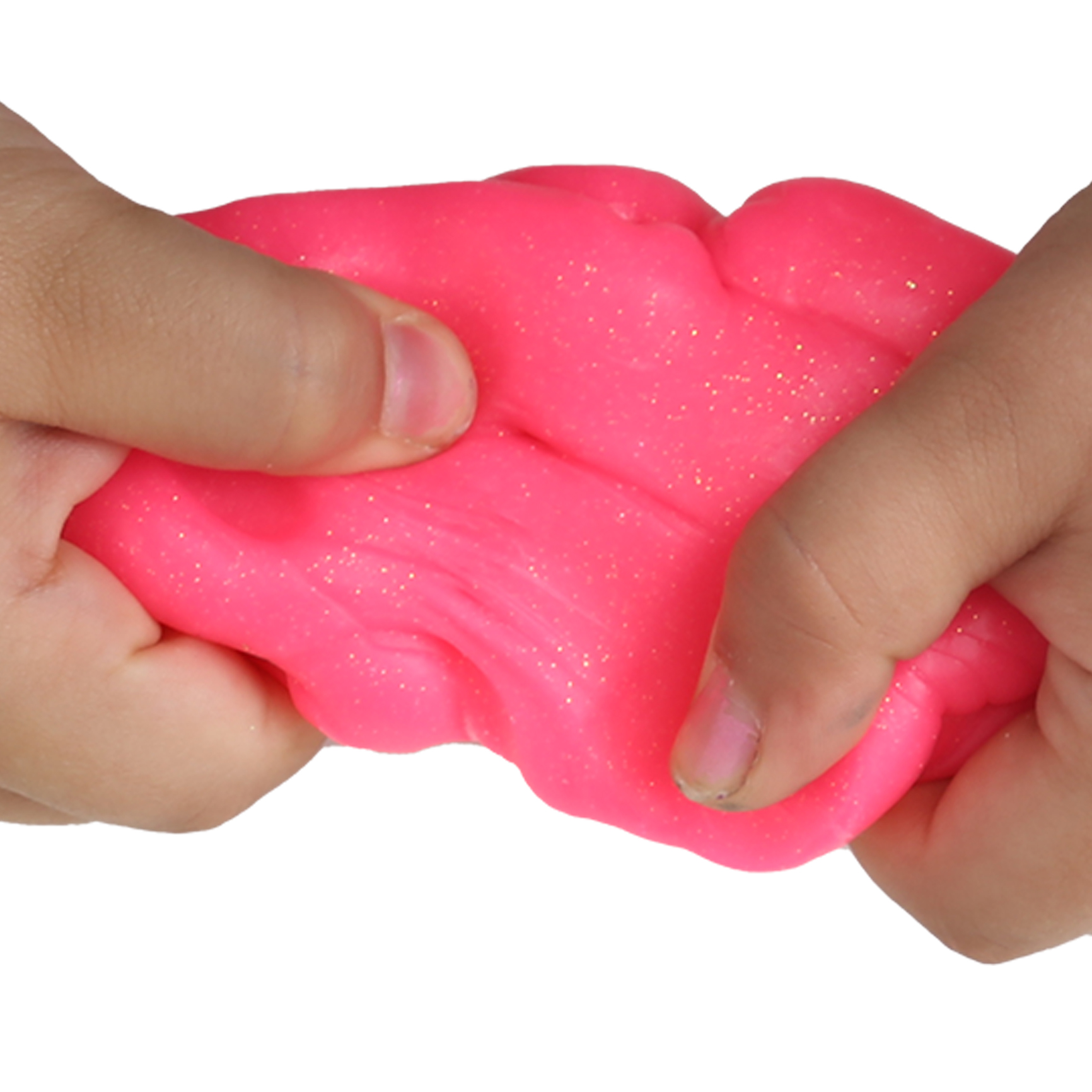
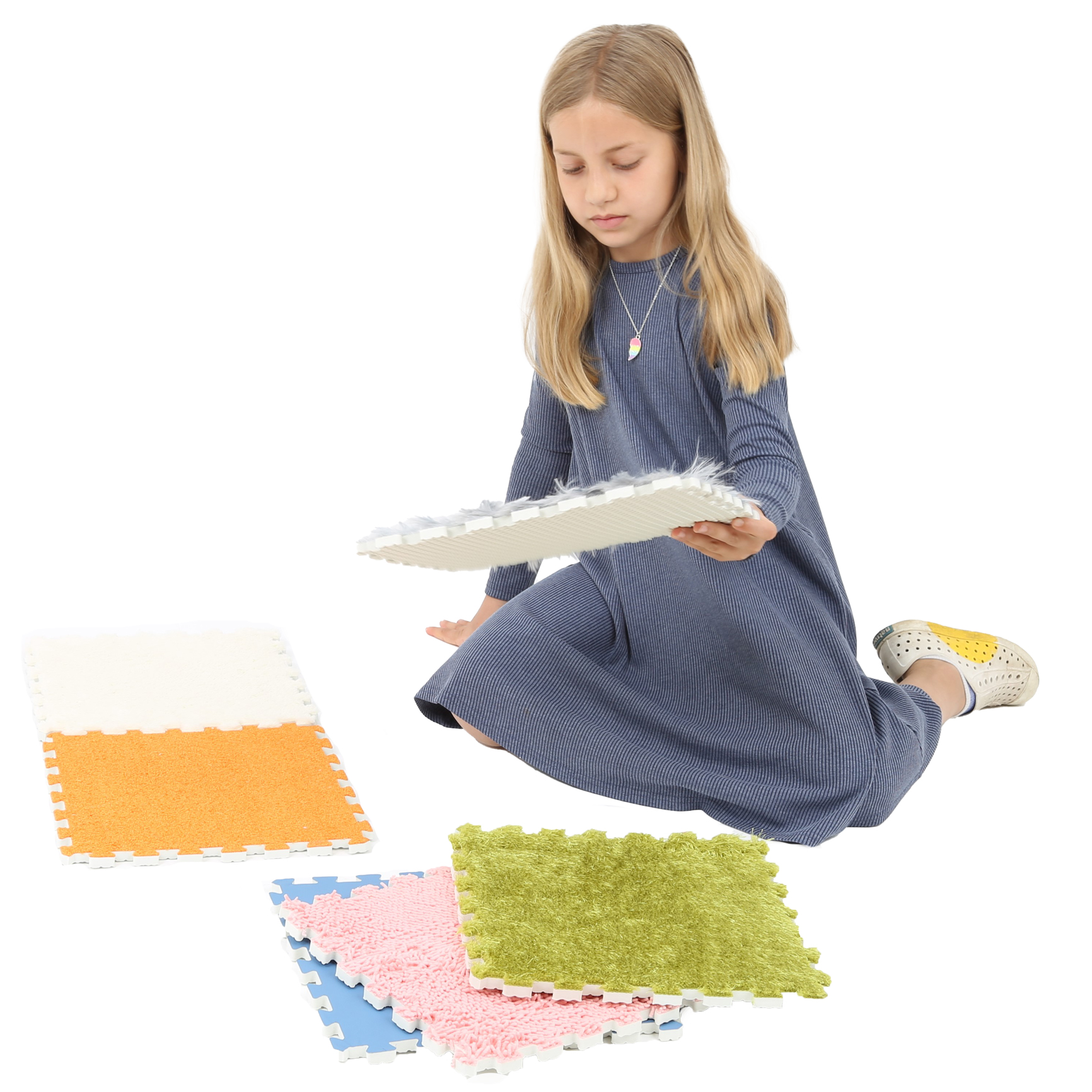
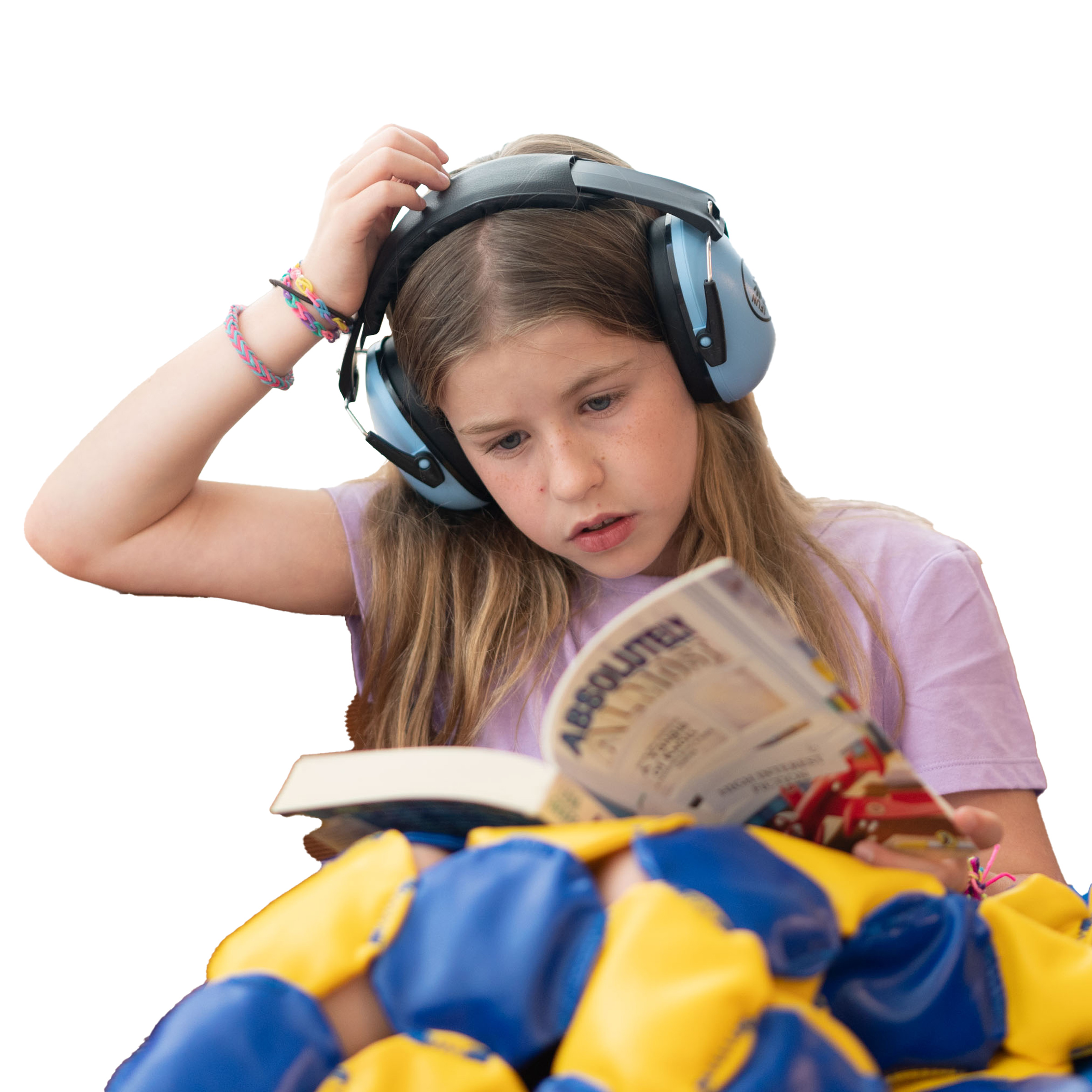
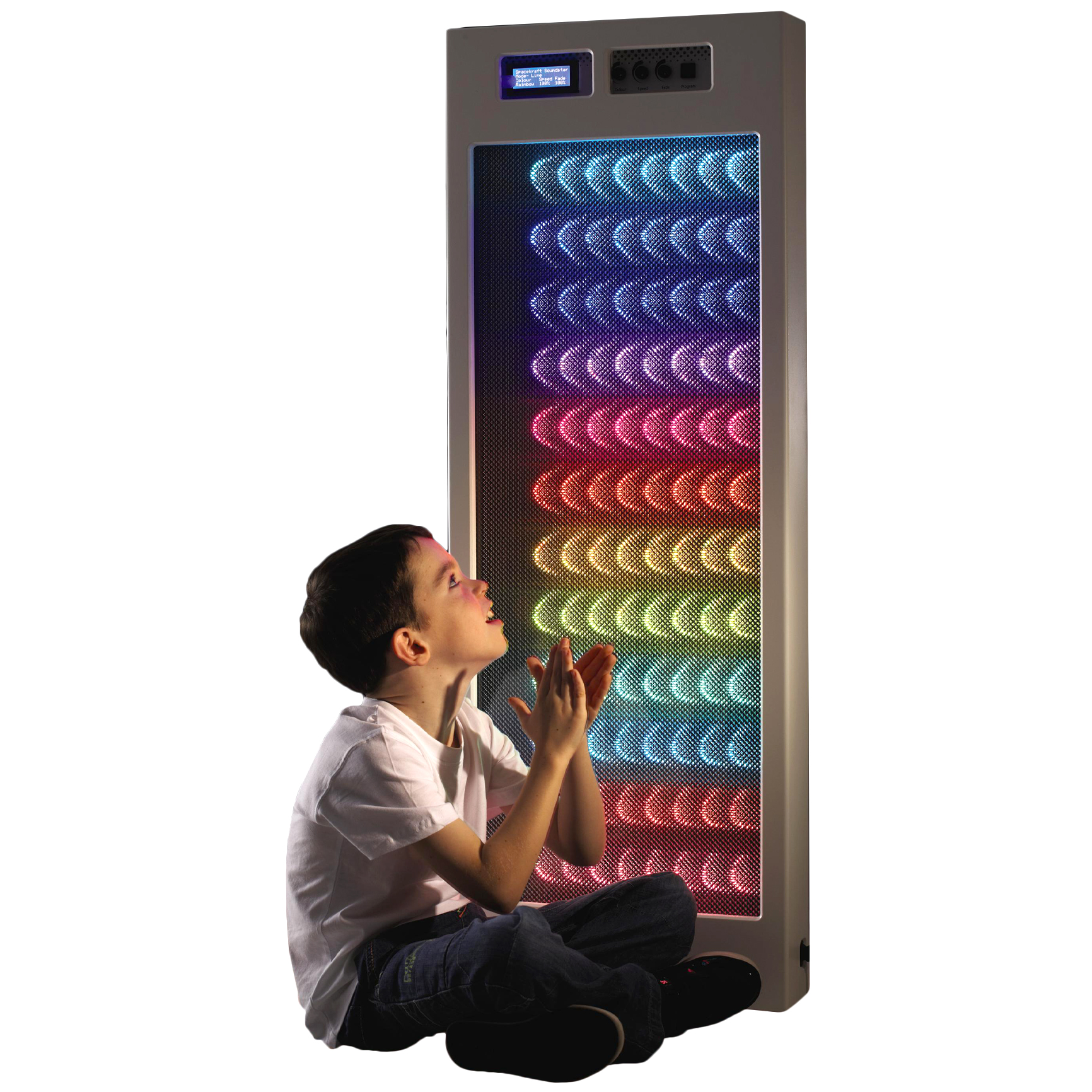
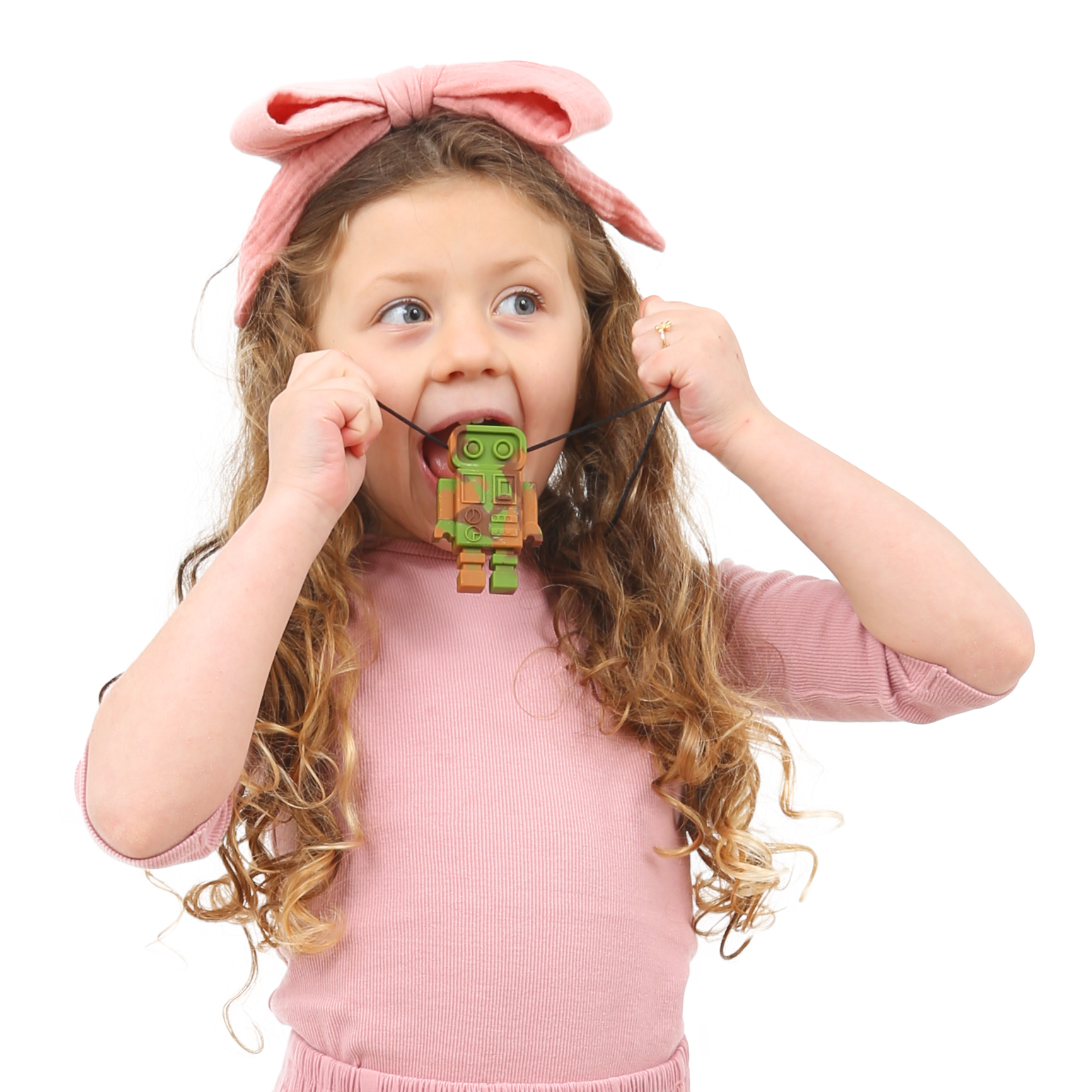
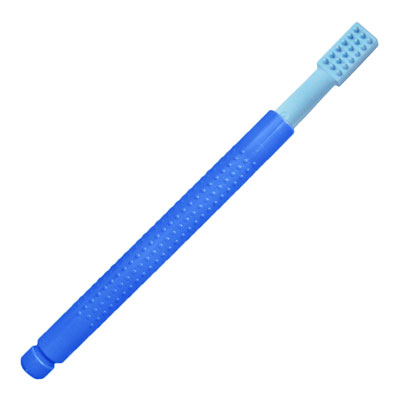
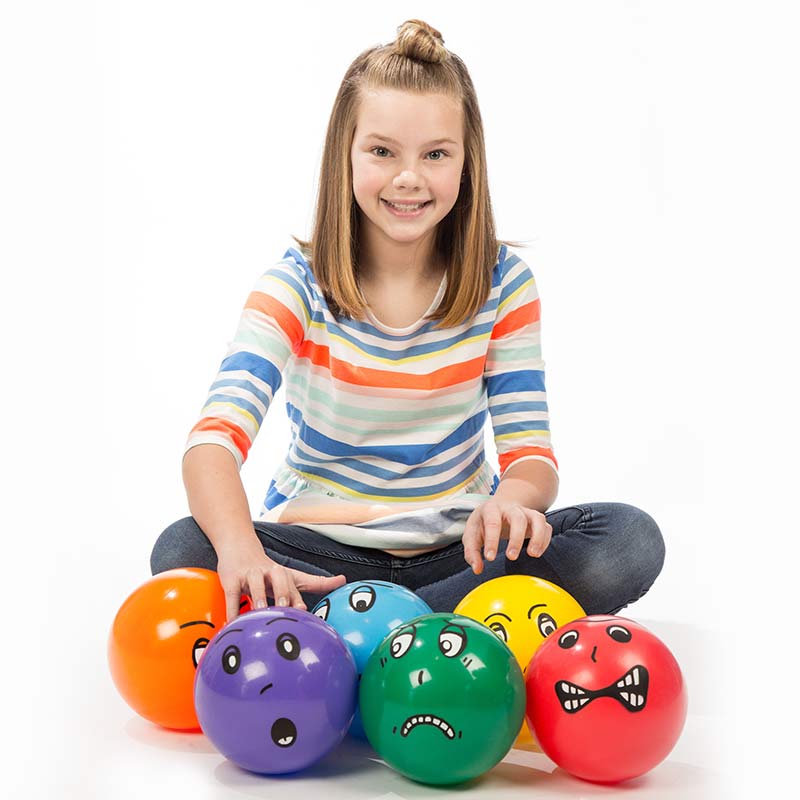
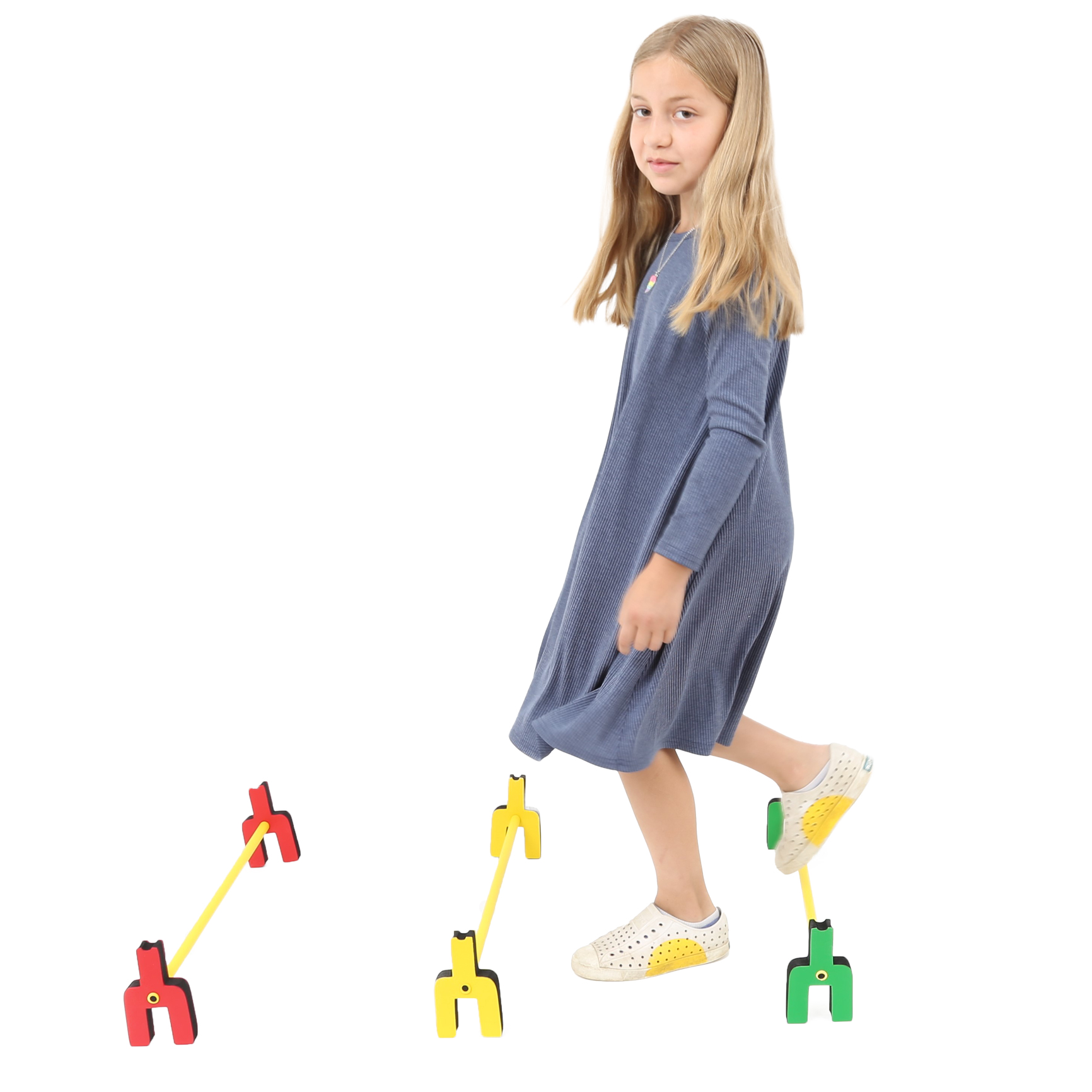

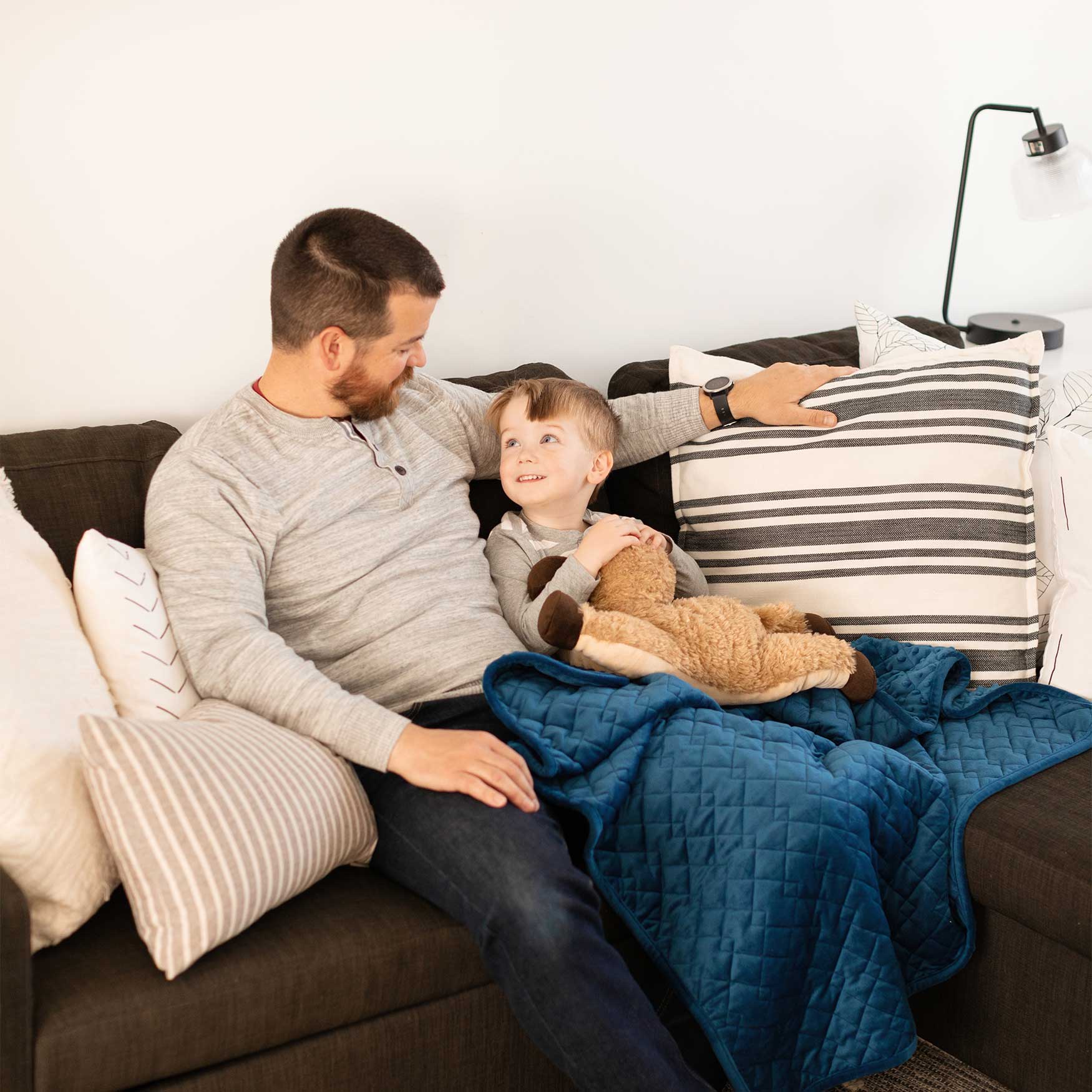


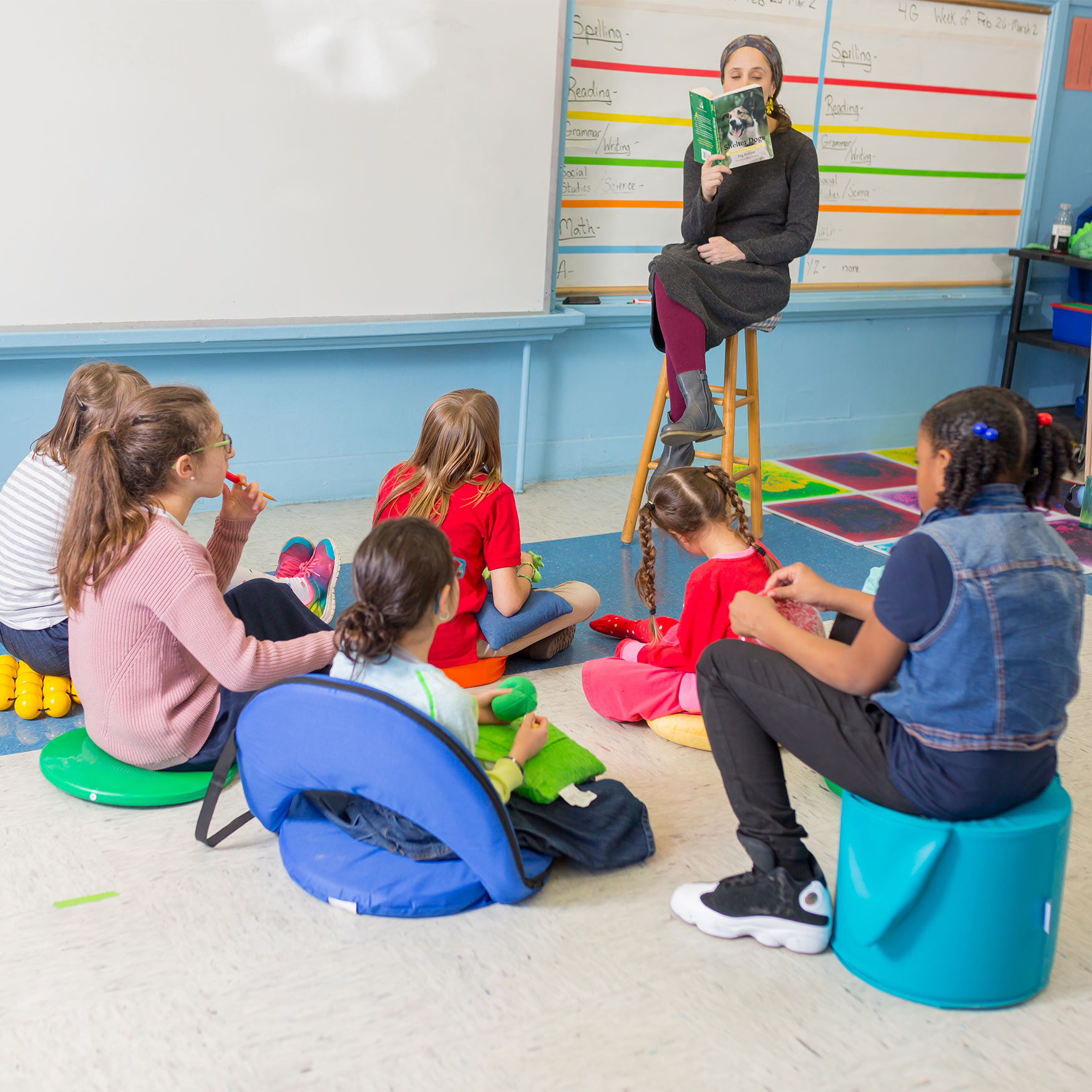



Comments